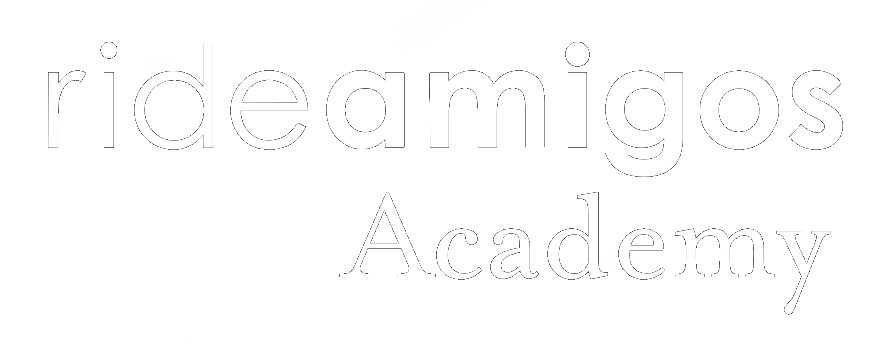Reducing Parking Demand at MIT, Using Dashboards to Impact Commuter Behavior

Summary
Coffee Talk Shout-outs
University of Louisville – One of our newest clients, featuring a customized RideAmigos trip planner, including inter-city transit options like Amtrak, Megabus, etc. Their map includes bus stations, bike lockers, and car shares. Do these sound like things your organization could benefit from? Let us know!
RideAmigos Recipes – Have you visited our recipe page? Check out these easy-to-follow instructions for successful TDM programs.
Academy Playground at ACT Conference 2016 – Going to the ACT Conference in Portland? Be sure to check out our client/user/partner group, the Academy Playground. It’s an in-person work session to connect, share ideas, solve common problems, with the goal of coming away with new solutions and connections. Followed by our annual karaoke party!
Last Coffee Talk: Google – Check out Google’s Coffee Talk on increasing bike-to-work participation, along with the corresponding recipe.
Main Event – Reducing Parking Demand at MIT
How MIT worked with RideAmigos to integrate data streams and bolster commuter benefits with the ultimate goal of reducing parking demand.
MIT’s Goals
- Reduce parking demand in MIT-owned garages (10-15% reduction)
- Reduce congestion in Kendall Square
- Increase campus sustainability
- Reduce single-occupancy vehicle trips to campus
Primary TDM Strategies
- Parking Management
- Are current parking prices ideal? What’s the market rate?
- Institutional support measures
- What facilities and infrastructure encourage non-SOV commuting?
- Incentives (including financial incentives)
- What kinds of incentives would encourage employees to commute differently.
No single strategy is likely to achieve a 10% reduction in parking!
Need to create a complete package and help employees to utilize new benefits.
The Plan: AccessMIT
- Shift from annual to daily parking pricing
- Parking rate is still within market rate for the area, but better reflects real cost
- Introduction of universal transit
- New commuter dashboard: AccessMyCommute (powered by RideAmigos)
Creating AccessMyCommute
MIT worked closely with RideAmigos to customize the Unity platform for their specific goals. Major rationale was to make the program as easy to use as possible.
- Single sign-on
- Integrated the RideAmigos platform into the existing MIT employee portal
- Allows employees to log in automatically, increases security and data control
- Automatic triplog generation and logic
- Reducing the need for creating individual trips
- Importing data from as many feeds as possible
- Parking data fed from MIT
- Transit data fed from MBTA
- Integration of Moves for bikers and walkers
- Taking every piece of existing data about how employees commute and putting it all together using logic to reduce
- Effectively created a system of record for MIT commuting
- Over 1,000,000 triplogs created in the first six months of the program!
Early Results
- Pilot program conducted during spring 2016
- Didn’t expect large shift until the rest of the AccessMIT package is rolled out
- Nearly 2,000 active users
- Financial incentives encourage engagement
- Variety of prize options appeal to all users
Approximate 1% mode-shift associated with dashboard alone during pilot.
Expecting that as the rest of the plan is rolled out in the fall that the mode-shift will increase dramatically.
Next Steps for MIT
- Full Access MIT Launch in September
- Introduce a challenge during the first month between Institute departments
- Continue to offer financial incentives through Point Programs
- Evaluate/monitor progress
- Monitor participation in incentive programming
- Monitor mode-share through AccessMyCommute
- Assess impact associated with incentive programming and make changes
Initial results are promising – favorable reception and strong initial participation.
Q&A Session
How does MIT collect parking data?
How does it get converted within RideAmigos?
Data is collected through access control systems for parking garages, which use proximity-chip ID cards.
Daily reports of in and out data from garages. This data is cross-referenced with subway and Moves data to make assumptions about how someone commuted on a particular day. Users are also allowed to override using manual entry.
Are you able to tell if people are carpooling?
MIT has a separate carpool pass. Carpools have to register on the RideAmigos system. When carpool pass holders “tap in” their carpool is registered.
What incentives did you use?
The RideAmigos incentives points program allowed MIT to reward people who biked or walked to work, prioritizing those modes over driving. Points could be exchanged for prizes or cash. Users could also use their points to enter a lottery for even larger prizes.
How did you feel integration with the Moves app was beneficial to your program?
Integration with Moves has helped with the goal of automatic trip generation. It’s impossible to automatically track bike and walking without some sort of phone app, wearable device, etc. It’s much easier for users to have the app on the phone transparently logging their participation rather than having to log it manually.
RideAmigos also has plans for this year to add support for apps like Strava, Google Fit, and others, as well as debuting our own tracking app.
What kind of data do you get from the MBTA and how do you use that data?
Data quality is similar to parking data, but MBTA only has onboarding (tap-in) data. Each week MIT requests a list of MIT employee trip records, based on a cross-referenced list. Again, this data is combined with data from other streams using logic to make an assumption about how the employee has commuted on particular days.
What are MIT’s plans for the Fall and beyond?
Really excited to roll out this benefits structure that’s been in process for quite a while. Interested to see earlier in presentation what the University of Louisville is doing, sharing information about how to make this system as usable as possible.
